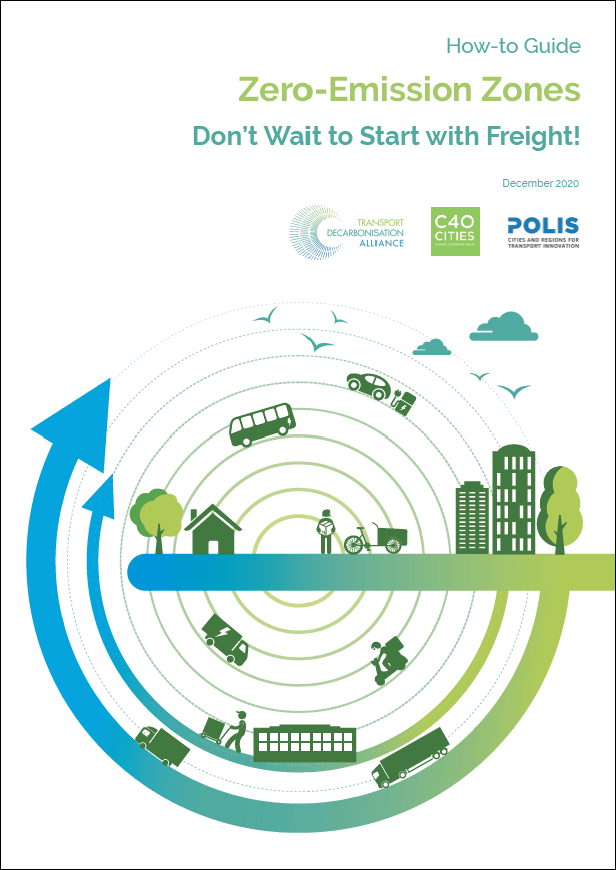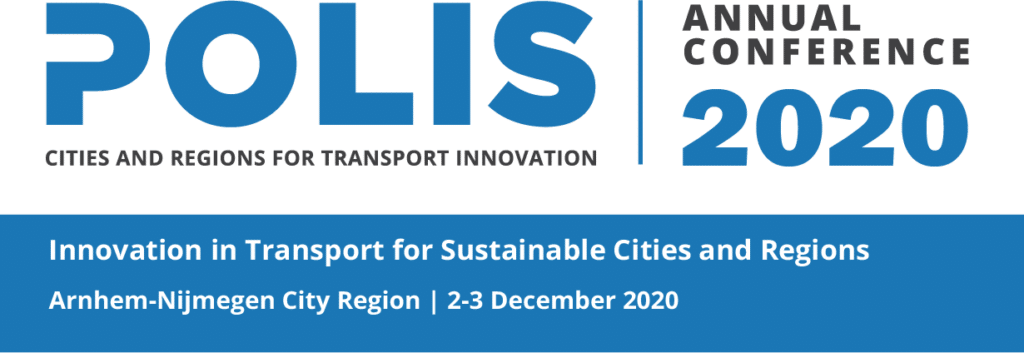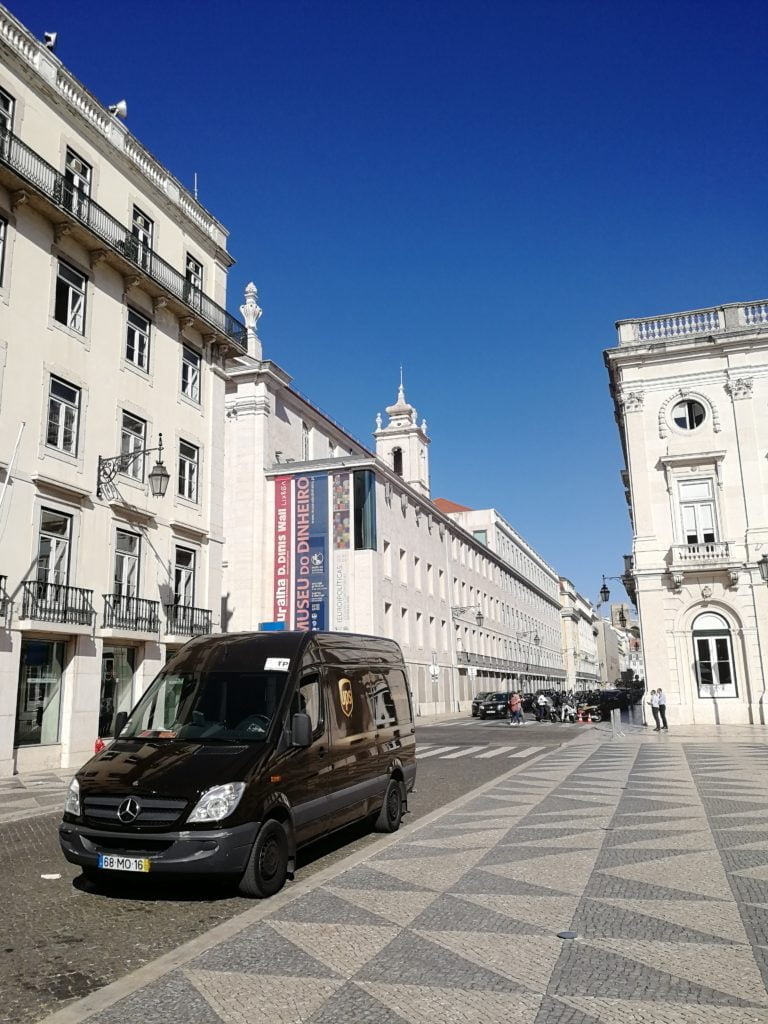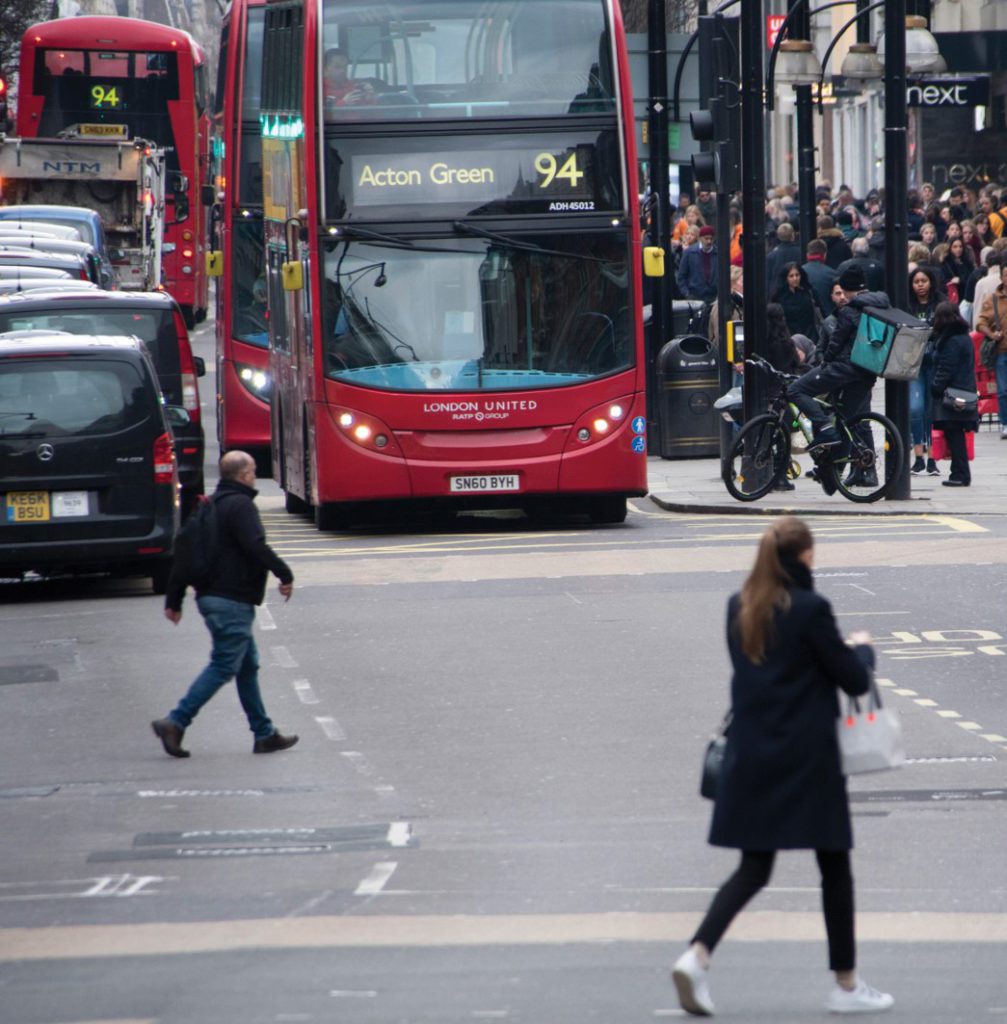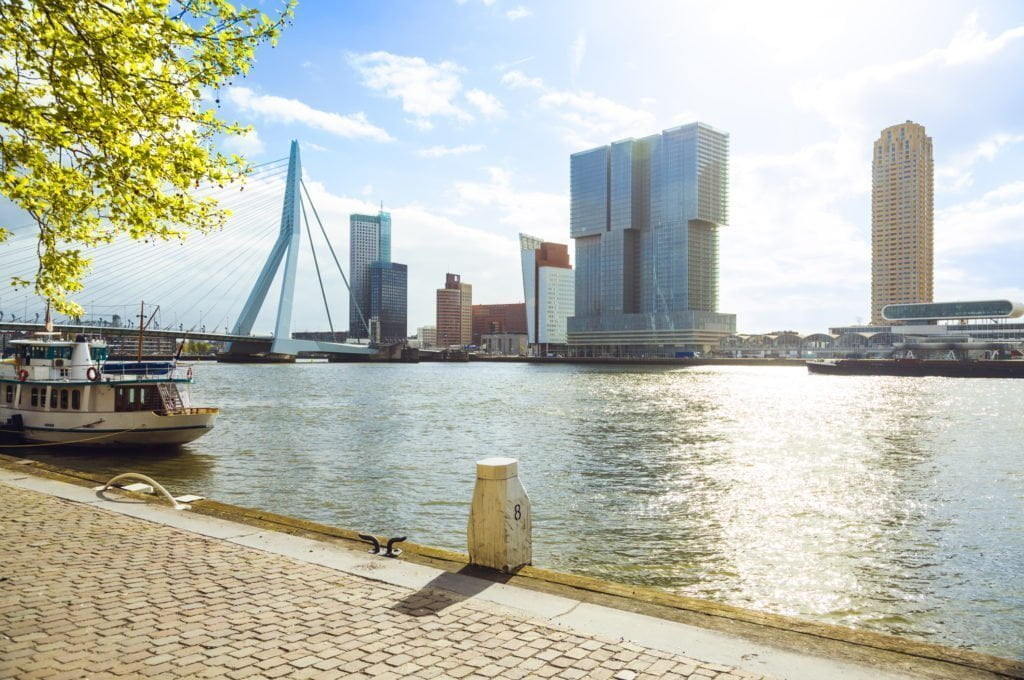POLIS, TDA and C40 launch the How-to Guide on Zero-Emission Zones for Freight
POLIS, Transport Decarbonisation Alliance (TDA) and C40 cities launch the How-to Guide, "Zero-Emission Zones: Don’t Wait to start with Freight". The guide presents experience and advice on developing a zero-emission zone for freight, from public and private-sector representatives around the world.
You can find the guide at the link here and in the right hand column of the page.
Stientje van Veldhoven, Minister for the Environment of The Netherlands and Chair of TDA, will launch the How-to Guide on 3 December 2020, during her keynote speech at the Urban Mobility Green Deal-Makers Summit, to take place during the 2020 POLIS Annual Conference.
Prepared by the TDA, C40, and POLIS, this first-of-a-kind Guide invites urban planners, transport officials, freight operators and other stakeholders to consider the advantages of creating zero-emission zones for freight (ZEZ-Fs) in and around cities. It introduces strategies and experiences of developing ZEZ-Fs in cities from London to Shenzhen and Santa Monica to Rotterdam, offering a transparent overview of challenges and opportunities as well as advice from pioneers about effective approaches.
The Guide also builds upon inputs and experiences of POLIS members, who participated in the Web-events on Zero Emission Zones for freight delivery taking place earlier this year. The guide targets city planners and other freight stakeholders to develop a vision and implementation pathway for the decarbonisation of the freight sector, and it will be supportive for common targets and timelines of local regulation on freight.
Toni Orsulic, Vice Mayor of Transport, City of Gothenburg and President of POLIS, declares:
“In Gothenburg, we have been planning and managing zero-emission city logistics for years. Our initiatives, including Stadsleveransen, one of the consolidation center of Gothenburg, are recognized as best practices at European level. The regulation of logistics movements is necessary to reduce pollution and emissions, but also to make the delivery of goods and services more efficient. We are convinced that this guide is a useful tool to support us and other cities in identifying the steps and success factors to accelerate the transition to zero-emission city logistics”.
Minister Stientje van Veldhoven highlights:
"In The Netherlands we have more bicycles than people and more and more people drive electric cars. Our next step is implementing zero emission zones for freight in about 30 cities by 2025. More zero emission vehicles on the road means clean air, less greenhouse gases and more healthy cities. Last week, I announced an arrangement with subsidies, in order to make driving an electric van more attractive for entrepreneurs. Together with cities, companies and countries we can do this. So I say, let’s not wait to start with freight".
Highlights from the report:
- While urban freight produces an outsize share of air pollution and CO2 emissions, few cities and countries have developed a vision for zero-emission operations specifically for the freight sector.
- Devising a ZEZ for freight is a complex process involving many stakeholders. Owners and operators of freight vehicles range from multinational companies to sole-proprietor shops, and from tradespeople to professionals providing repair and maintenance services.
- Understanding the interests and concerns of the many stakeholders is key to enabling collaboration and devising effective rules and incentives regulating ZEZ-Fs.
- Preferencing zero-emission freight vehicles in zone accessibility, time-windows, and through subsidies and other incentives can help jumpstart the market for zero-emission freight vehicles and hasten the overall transition to zero-carbon transport.
- Charging infrastructure for zero-emission freight vehicles can be a major hurdle. A coherent strategy needs to be developed cooperatively with logistics and charging-infrastructure operators and the public sector.
- Comprehensive data on freight vehicles, their routes and types of use is essential to designing a successful ZEZ-F. Since the data typically comes from the private operators, cities are developing innovative methods and incentives for information sharing.
- Well-designed ZEZ-Fs encourage more efficient logistics (reducing the number of trips); a better mix of transport modes (e.g. using shared cargo bikes or light electric vehicles for the last mile of delivery); and a transition of the remaining vans and trucks to zero-emission.
- Policies may need to be aligned across different levels of government and neighbouring districts or even countries. Cities often lack the jurisdiction to regulate a zero-emission zone. And many companies operate across multiple cities and neighbouring countries — so common approaches allow them to plan and invest with greater confidence.
